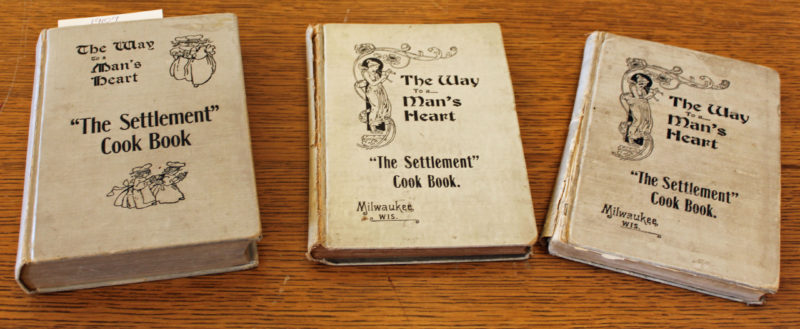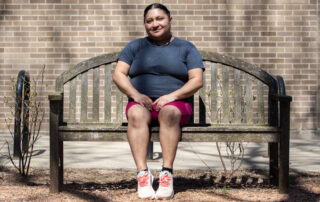Before Martha Stewart and Ina Garten, there was Lizzie Kander and The Settlement Cookbook.
The cookbook was the brainchild of Lizzie Black Kander, the founder of Milwaukee’s first settlement house. The settlement house movement grew out of the massive influx of new immigrants to the United States in the late 19th century. These immigrants tended to be from eastern and southern Europe, and were different from the immigrants that came before. Settlement houses became places to help these new citizens assimilate to American life.
German-Jews had been part of an earlier migration to America. They were affluent, liberal, urban, and democratic, and not all that different from the other people who had come to settle in Wisconsin. The new wave of immigration during the 1880s and 1890s brought more Jewish immigrants to Milwaukee, most of Russian origin.
Milwaukee’s older, established German Jewish community saw the Russian Jews as strikingly different from themselves. They worried that this new population would reflect badly on them.
After graduating high school and marrying, Kander turned her attention to social problems in her city. Immigration was a big concern and so she devoted her life to Americanizing the new eastern European newcomers through The Settlement.
Settlement houses provided services ranging from basic needs and child-care services to classes on how to become an American citizen. Most settlement houses started as clubs and classes and then campaigned for large-scale issues like housing and labor reform. Settlement houses also tried to instill middle-class values and often had a paternalistic attitude toward those they served.
Kander began offering cooking classes at The Settlement. To eliminate the time students wasted copying down recipes, Kander decided to publish her recipes in a cookbook. She went to the Settlement’s (all male) Board of Directors to request money for the project but they dismissed her request. Undeterred, Kander worked with her publisher to sell ads to get the first book published.
The first edition of The Settlement Cook Book was published on April 1, 1901 with an original printing of 1,000 copies. Copies not distributed to the settlement’s cooking school students were sold at the Boston Store in Milwaukee for 50 cents each and sold out within the first year.
Kander never saw her book as a one-time effort. She immediately went to work editing and revising the cookbook, something she continued until her death in 1940. Proceeds from the sale of the cookbook helped The Settlement move to a new larger building and went to expand the classes and services offered to immigrants.
Learn more about The Settlement Cookbook and find more objects from Wisconsin’s history at Wisconsin 101.










